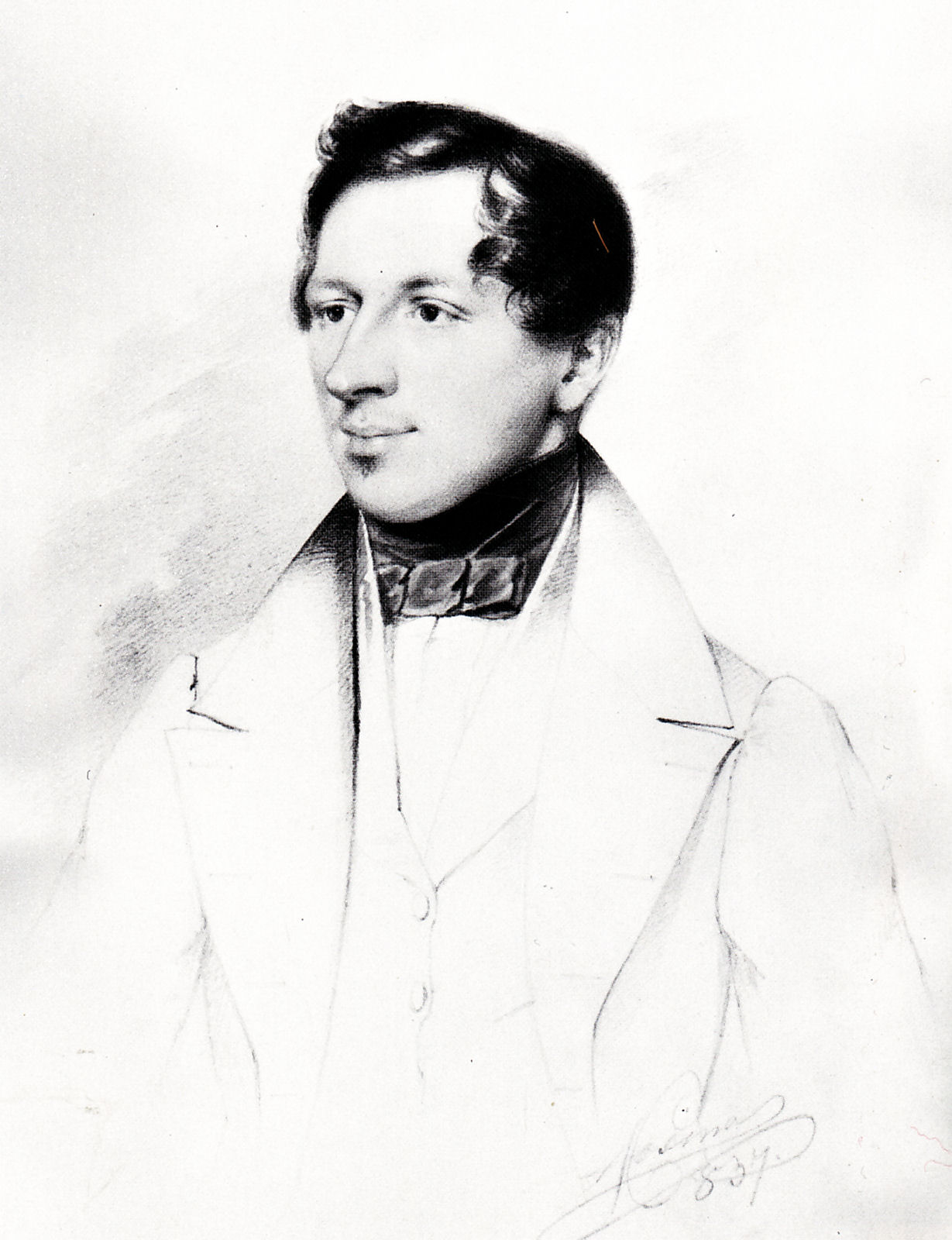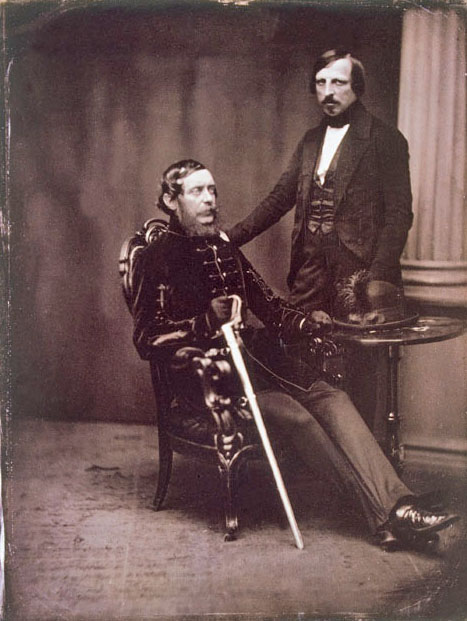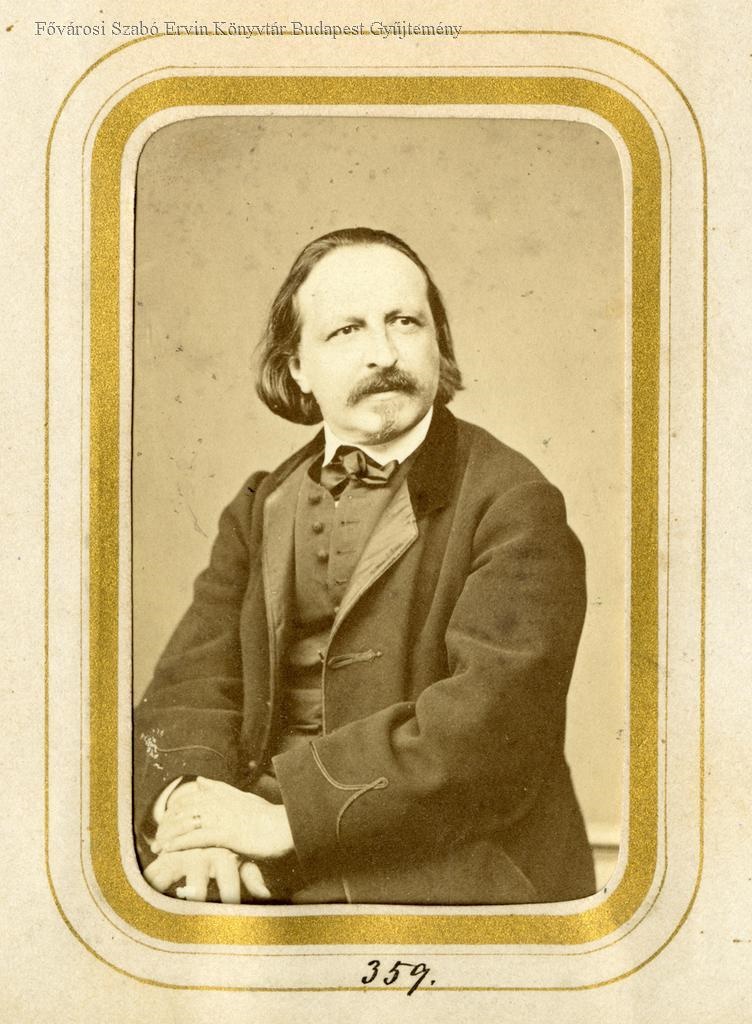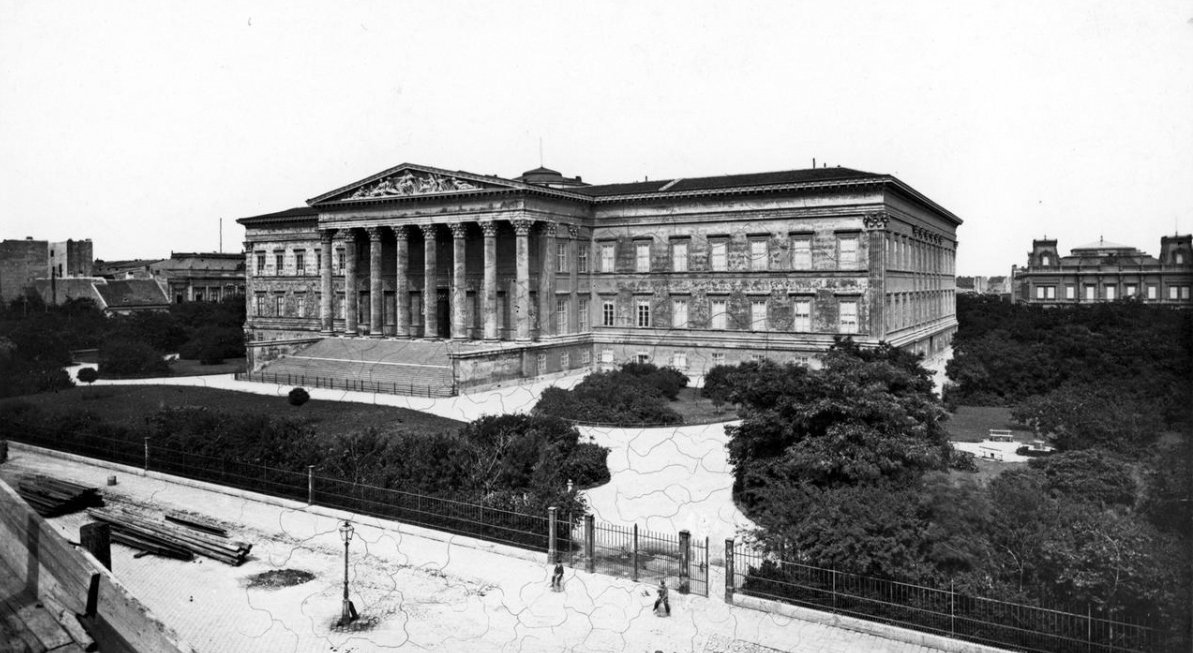Budapesti Hírlap described Ferenc Pulszky in its 10 September 1897 issue as follows:
"What was Ferenc Pulszky really? Writer? Scientist? Politician? Artist? Humanist? Once a revolutionary and republican, who could have lost his head if he had not been safe abroad, and then a loyal government supporter, a faithful follower of every ministry for thirty years, until that ministry failed. He was a friend of Kossuth, Garibaldi, then Deák, Eötvös, then Tisza, Szapáry and Bánffy, and he was always lucky, because his heart never knew unhappiness."
Ferenc Pulszky could have sat back satisfied at the age of 55 in 1869. In fact, he had a successful life behind him, as he had already been a minister, he was re-elected as a member of parliament not long before, he had a nice estate and a pretty castle in Szécsény, and he also reached the top in academic life, as he was a member of the Hungarian Academy of Sciences, he recently married for the second time, so he could have lived satisfied in peace and quiet on his country property.

Ferenc Pulszky in 1837 on a drawing by Sándor Kozina
Pulszky actually belonged to the younger part of the great reform era generation, as he actively participated in the reform era movements, and according to historian László Csorba, he was really close to being remembered as an outstanding figure of the reform era alongside István Széchenyi, Miklós Wesselényi, Ferenc Deák and Lajos Kossuth. However, it didn't happen in the end, perhaps because he tended to seek compromises.
In any case, after his activities as a member of parliament during the reform period, during the revolution he was first in Kossuth's Ministry of Finance, then secretary of state in the office of Pál Eszterházy, minister of the king's personal affairs, and then in September-October 1848 he held the position of minister of the king's personal affairs. By the end of the freedom struggle he was in London, and then joined Kossuth on his tour of England and America. He later settled in Florence and supported Hungarian emigration with his contacts and newspaper articles.
In 1861, Pulszky - already a supporter of the compromise - was elected as a member of parliament by Sáros County, but at that time he could not return home, this could only happen before the compromise, in 1866, because his daughter at home fell ill, but by the time the father got home, she had died. Soon after, his first wife, whom he married in 1844, also died.
At that time, Pukszky, who originally graduated as a lawyer, already had a significant scientific activity behind him, already in the 1830s he conducted archaeological research, met many scientists during his travels in Europe, had a reputation as a well-known art collector, and at the age of just 24 he was a corresponding member of the Hungarian Academy of Sciences, then at the age of 26, he became a regular member in 1840. His speech entitled "The influence of old monuments on new art" given as a corresponding member was the first art history lecture in Hungary.

Pulszky and Kossuth in Boston in 1952 (Source: Wikipedia, George Eastman House International Museum of Photography and Film)
So in 1869, at the age of 55, he had an outstanding, successful career behind him. But in fact, his lasting activity, which continues to this day, began then, because in 1869 he was appointed director of the Hungarian National Museum. The website of the Hungarian National Museum writes the following about this:
"The quarter of a century spent at the head of the Museum was the institution's heyday. According to contemporaries and posterity, this is when the provincial museum became a cultural institution of European standard."
He was the director of the museum for a quarter of a century, during which time the building was completed, modern museum practices were established, and as early as 1873, the Hungarian National Museum was successfully represented at the World Exhibition in Vienna. He developed the theoretical foundations of the modern museum early on, wrote a study on the role of museums in 1838, and gave a lecture on the subject in London in 1852. László Csorba also quoted from the latter in the first issue of 1996 of the Magyar Múzeumok magazine, in his article entitled Ferenc Pulszky on the "philosophy" of national museums:
"In a museum that is arranged according to the needs and researches of our time, the works of art of civilized peoples should be placed in chronological order. [...] We would see that the beginning of art is the same in all nations, and although, due to the specific circumstances, the development progressed towards perfection on different paths and in different forms, we would be able to trace the close kinship and connection between the masterpieces of the art of each nation."
However, his activities did not remain within the Hungarian National Museum, he actively helped and promoted the Hungarian museum cause. He played a decisive role in the establishment of the Museum of Applied Arts, supported the purchase of the Esterházy Gallery, and thus the establishment of the National Gallery, the legal predecessor of the Museum of Fine Arts. Pulszky established the Department of Ethnography within the National Museum under the leadership of the young János Xantus, which later formed the basis of the Museum of Ethnography.

Ferenc Pulszky's photo taken by Ferenc Borsos in the second half of the 1860s (Photo: FSZEK Budapest Collection)
He resigned from the position of museum director in 1894, but since he also held the position of chief inspector of Hungarian museums and libraries, he was not separated from museum life, his apartment was also in the Hungarian National Museum.
Ferenc Pulszky died on 9 September 1897, and the aforementioned Budapesti Hírlap's obituary said goodbye to the "culture pope" of dualism:
"Ferenc Pulszky belonged to the notable men of this century, whom the special grace of Providence not only endowed with great intellectual talent, through which he could be a partly decisive and partly mediating factor in world-shattering events, but also endowed him with such a strong body that defies time, adversity, and all misfortunes of fate. Ferenc Pulszky passed away at dawn today at the age of eighty-three after a life that was filled with many vicissitudes, variations, excitement, successes and failures, massive scientific, political and journalistic work, tireless and inexhaustible activity."
Even without Pulszky, there would be a Hungarian National Museum, and there would be museums in Budapest, but they would not be as high-ranking as they are today, they would be much more provincial and perhaps have a much smaller collection than we know them today.
Cover photo: The Hungarian National Museum around 1869 (Photo: FSZEK Budapest Collection)




































Hozzászólások
Log in or register to comment!
Login Registration